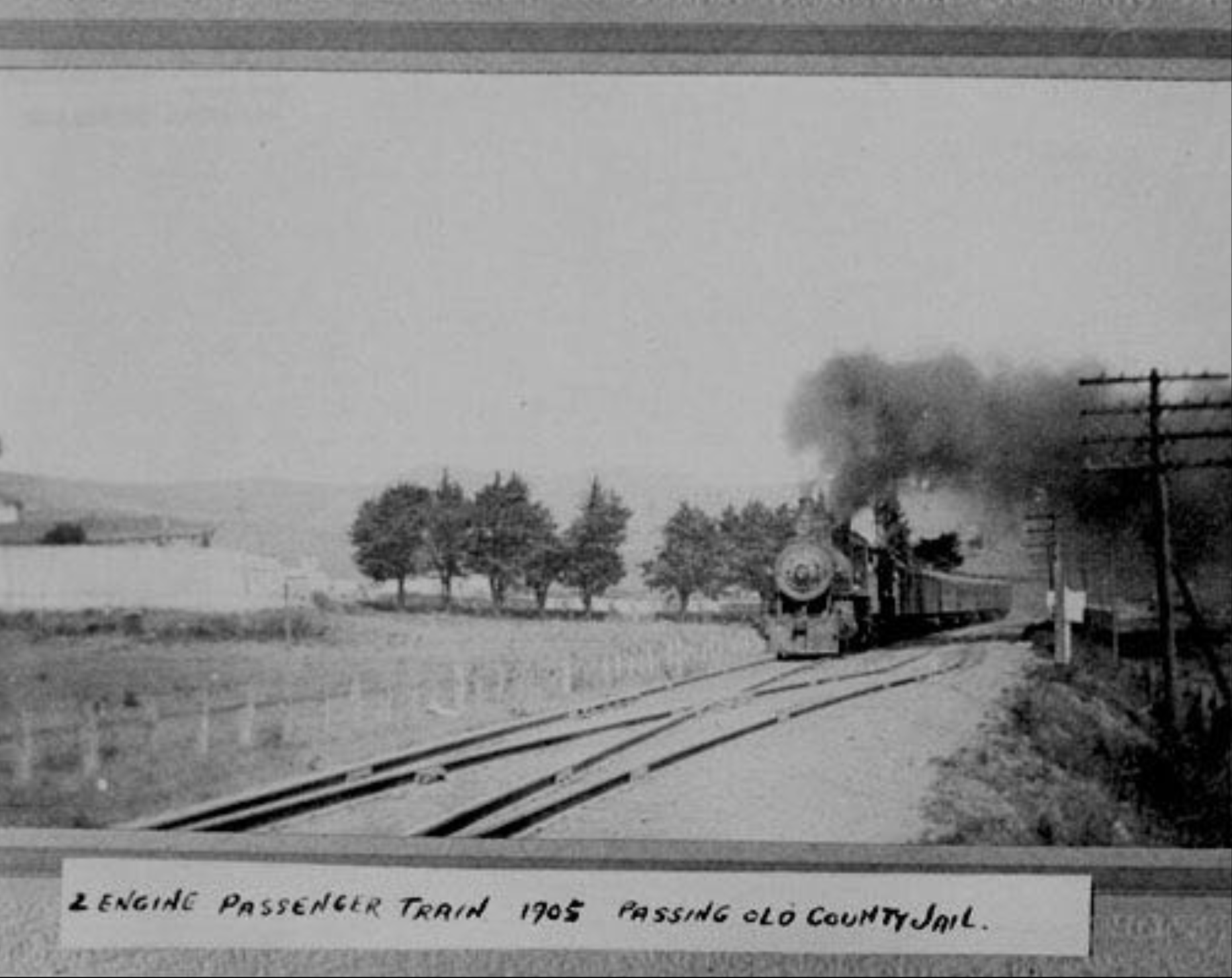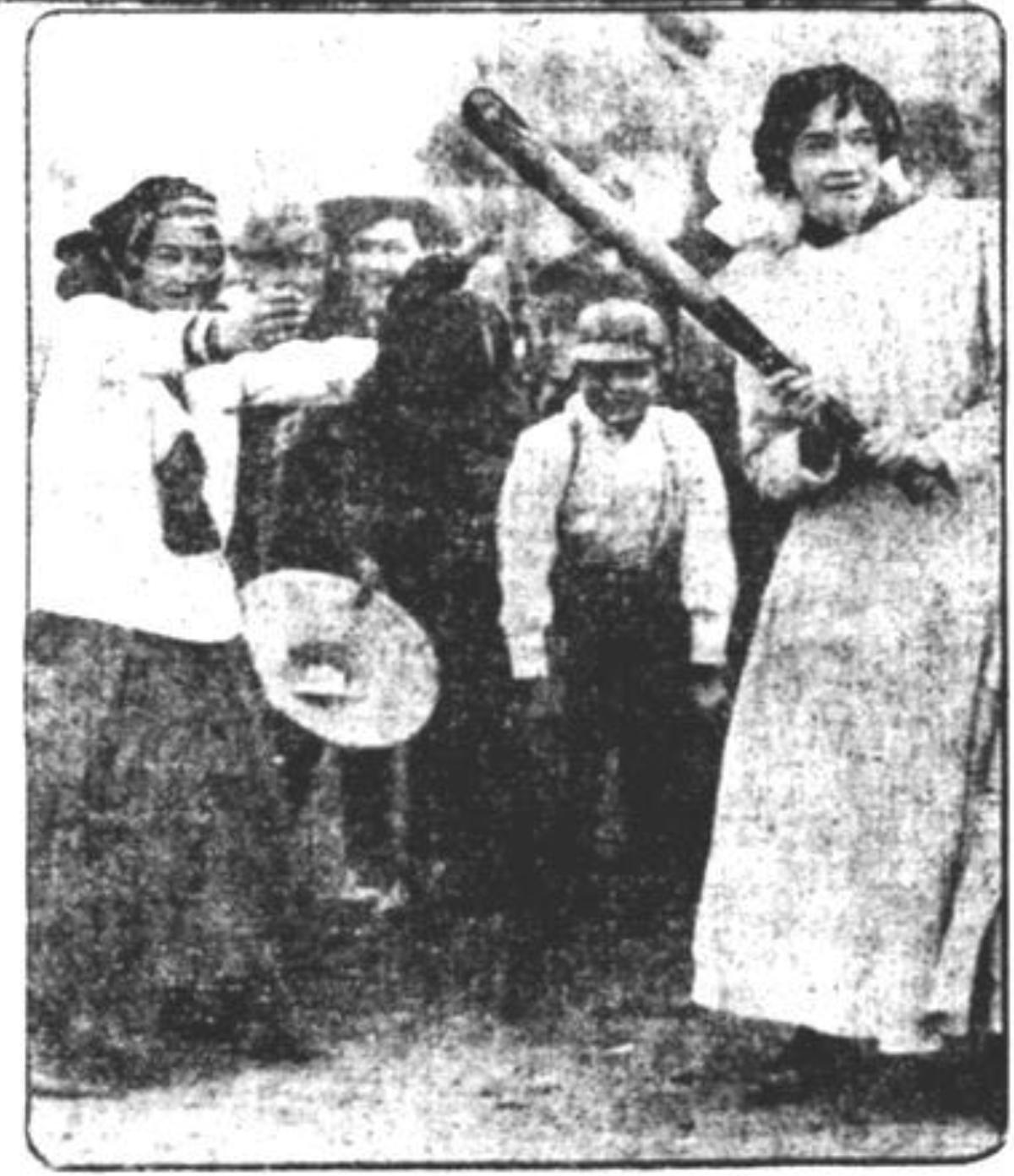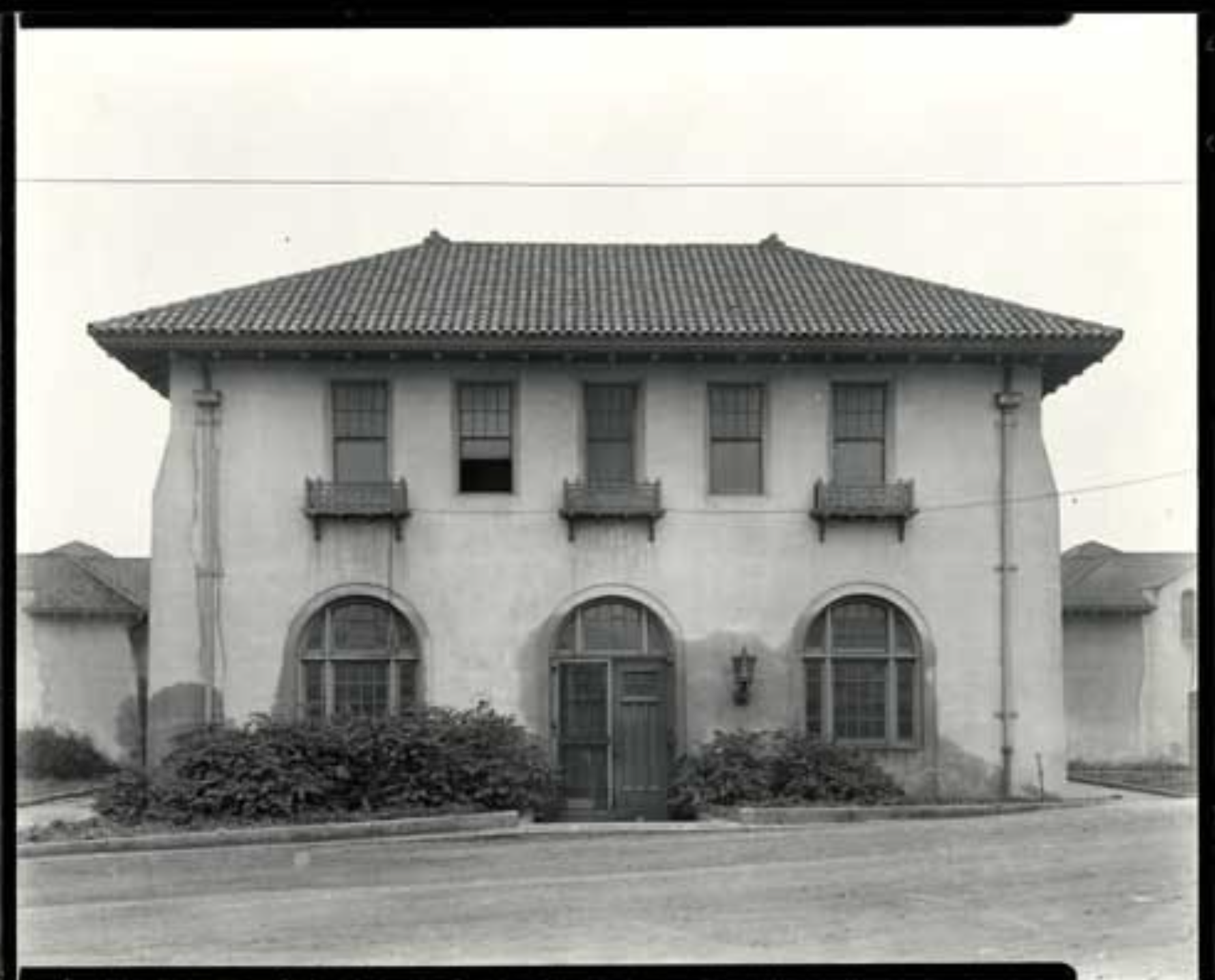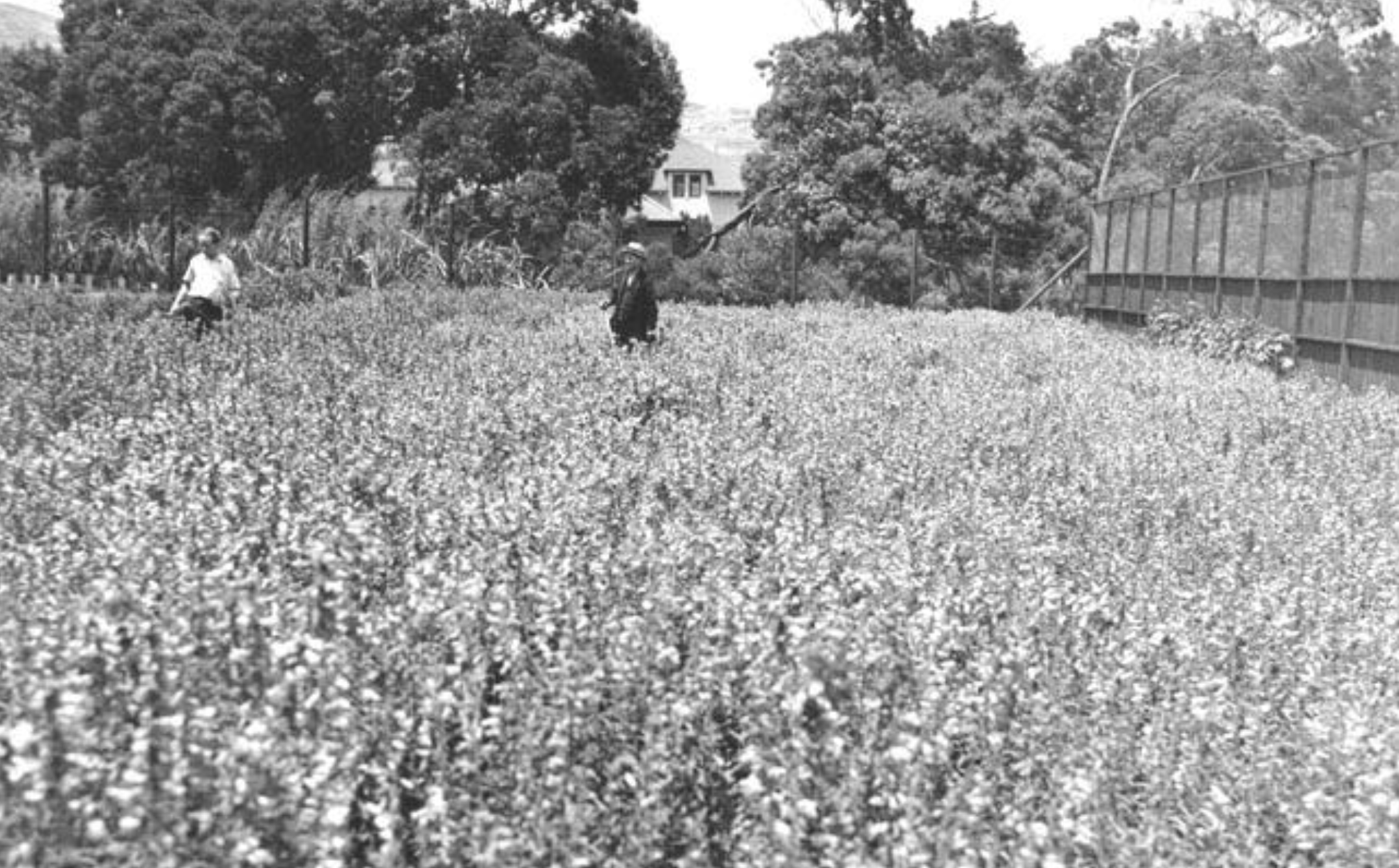🔶 Things To Do In The Greater Ingleside: Earth Day Party
From an art show in City Hall to plant workshops, we curate these events to help you enjoy the best of the greater Ingleside.
Despite all the demands people place on it, after 112 years, Balboa Park continues to be a place of refuge.

Balboa Park is full of activity these days. The recent renovations of the playground, tennis courts and swimming pool and the addition of a dog-walk area are great improvements. Those renovations, including the skate-park, have attracted more people from outside the neighborhood — as does the soccer stadium with its manicured field and the heavily-used ball fields. Kids play soccer, moms exercise, elders practice tai chi and dogs play alongside skateboarders and birthday partiers. But it's the landscaping that helps create a neighborhood-park atmosphere that is perfect for picnics and lazing about.
We expect a lot from the park. It has the misfortune of being adjacent to a freeway and transit hub — but its green-space helps mitigate some of that air pollution. Despite all the demands people place on it, after 112 years, Balboa Park continues to be a place of refuge.

Balboa Park originally stretched westward from San Jose Avenue all the way to Frida Kahlo Way (Phelan Avenue). If offered sweeping views of both the Pacific Ocean and the San Francisco Bay. But this designated parkland happened to include the Old County Jail and Industrial School and was bisected by the Southern Pacific Railroad.
Way back then, this area was the hinterlands and mainly used for agricultural, industrial, and transit purposes. In 1906 the Fire Department’s Engine Company No. 38, displaced by the earthquake and fire, was moved to the "house of refuge lot" at San Jose and Ocean avenues. The "outer Mission" attracted an influx of displaced people. The district's population almost doubled between 1905 and 1910. Residential development encroached.
The new residents founded "improvement clubs" and began making demands. The Ingleside Improvement Club and the Mission Promotion Association, in 1909, called for the "house of refuge tract" to be designated a park. And they wanted to name it after a "conspicuous figure in California history." Agreeing on the name of the park was one of their first problems to tackle.

The requests and demands continued: a police station, a children's playground, and calls to remove the jail. The planting of ten thousand trees commenced: pine, eucalyptus, redwood, cypress, and English broom. The construction of the new police station began in February 1910 and the building was dedicated, along with the newly christened park, later that fall.
The new “breathing space” for the "South of Mission" neighborhoods was dedicated as Balboa Park on Sunday, Oct. 9, 1910. The Ingleside Improvement Club planned the day. There were speeches by politicians and Mayor McCarthy promised that the southern part of the city would not be overlooked or forgotten. Twenty-two improvement clubs participated in the event and festivities included races, band concerts, dancing, a tug of war, and baseball. The Sunnyside Improvement Club defeated the Green Valley Improvement Club in the tug of war and the baseball match featured the Barney Frankels and Yosemite teams. There was a field day competition between the police and fire departments and “valuable and handsome prizes" were awarded.

Less than thirty years after its dedication Harrison Ryker captured an aerial photographic view of the park in 1938. More than a quarter of the park at that time was still planted with vegetables and flowers. The most dominant features were the fire and police stations, three tennis courts and the Junior Recreation Museum. The photo shows how much of the park had yet to be developed for recreational purposes.

The rousing dedication in 1910 was a great beginning. But the photo indicates just how long it takes to achieve change. The removal of the county jail, the building of City College and the dramatic changes brought by the new freeway and BART — all this was yet to come. The great shrinking of Balboa Park makes the land we are left with today more precious than ever. And every improvement happened because of advocacy and lots of community involvement. That part hasn't changed in a hundred years.
In 2022, as we consider the past two years, we can all agree just how valuable these "breathing spaces" are. And be grateful to those people who organized improvement clubs 100 years ago and began the process of establishing what we know today as Balboa Park.
No media outlet covers our neighborhood like The Ingleside Light. Full stop.
Reader support sustains the expensive reporting our community needs and deserves. Will you join the hundreds of readers and become a member?
We deliver neighborhood news, events and more every Thursday.